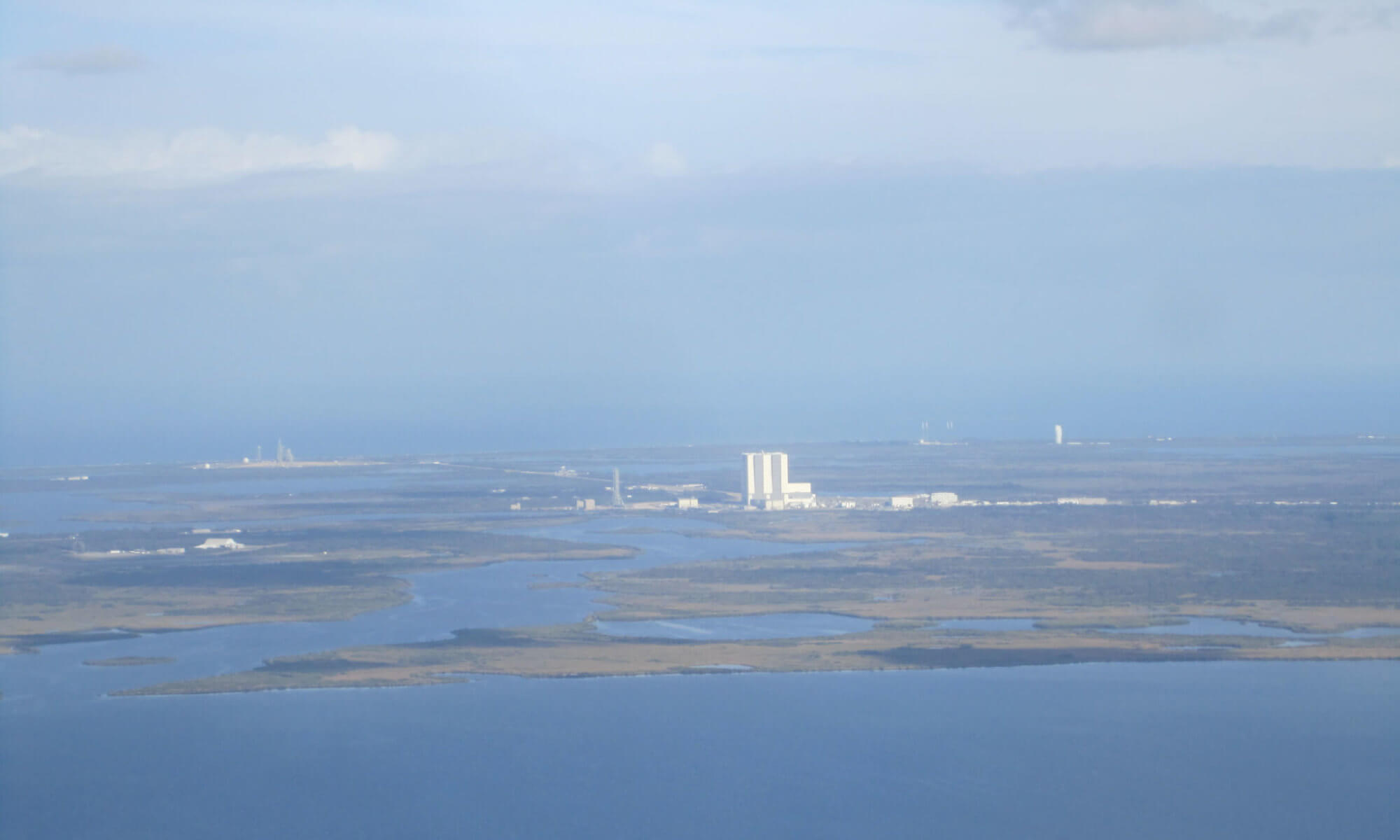 Not, technically, a Vorkosigan novel since no Vorkosigan family member is so much as lurking in the background, it is nevertheless set in the Vorkosiverse, though, about two hundred years before Miles’ birth. The story is about the origin of the quaddies, humans genetically engineered for work in free fall, whose most striking adaptation is the replacement of their legs with arms (and hands). Leo Graf is an engineer and teacher assigned to the habitat where the quaddies are being “reared”. The corporation he works for intends to use them for free fall work, thus avoiding the costly planetside leaves necessary to ensure good health for normal humans. The thousand quaddies are young, the oldest only just out of adolescence, and are being treated like children, with no voice in their future. Legally, they are the property of the corporation, even as they live their lives, work hard, even procreate. As artificial gravity is invented, the quaddies become instantly obsolete, the need for free fall work decreasing dramatically. They are no longer cost effective for the company, which orders the experiment terminated, meaning sterilization and confinement to barracks (read, prison) on a planet. For the free fall adapted quaddies, gravity wells are an unnatural, dangerous and generally terrible environment. At this point Graf rebels and plans the exodus of the quaddies, away to make their own lives.
Not, technically, a Vorkosigan novel since no Vorkosigan family member is so much as lurking in the background, it is nevertheless set in the Vorkosiverse, though, about two hundred years before Miles’ birth. The story is about the origin of the quaddies, humans genetically engineered for work in free fall, whose most striking adaptation is the replacement of their legs with arms (and hands). Leo Graf is an engineer and teacher assigned to the habitat where the quaddies are being “reared”. The corporation he works for intends to use them for free fall work, thus avoiding the costly planetside leaves necessary to ensure good health for normal humans. The thousand quaddies are young, the oldest only just out of adolescence, and are being treated like children, with no voice in their future. Legally, they are the property of the corporation, even as they live their lives, work hard, even procreate. As artificial gravity is invented, the quaddies become instantly obsolete, the need for free fall work decreasing dramatically. They are no longer cost effective for the company, which orders the experiment terminated, meaning sterilization and confinement to barracks (read, prison) on a planet. For the free fall adapted quaddies, gravity wells are an unnatural, dangerous and generally terrible environment. At this point Graf rebels and plans the exodus of the quaddies, away to make their own lives.
This is one of the best novels I have ever read. The characters, “normal” and quaddie alike are well rounded, interesting, authentic. Bujold quickly manages to turn the quaddies from freaks into just “different humans” in the mind of the reader. The plot is excellently constructed, with disparate elements and personalities meshing well to create an engaging whole with many page turner moments.
The illustrations of morality are particularly poignant. The company brass thinks of the quaddies as little more than animals. Creatures to be disposed of when their usefulness has run its course. Leo Graf and some of the other staff, on the other hand, sees them as people, as children to be protected. The parallels with slavery are obvious, but more clever is the message that corporate leaders often have a lack of scruples making them morally little better than the slave-masters of previous centuries. A brilliant read.
This novel is collected in the “Miles, Mutants & Microbes” omnibus.


 This novel is published both as a singleton and in the omnibus edition Across Realtime together with its prequel The Peace War.
This novel is published both as a singleton and in the omnibus edition Across Realtime together with its prequel The Peace War.































